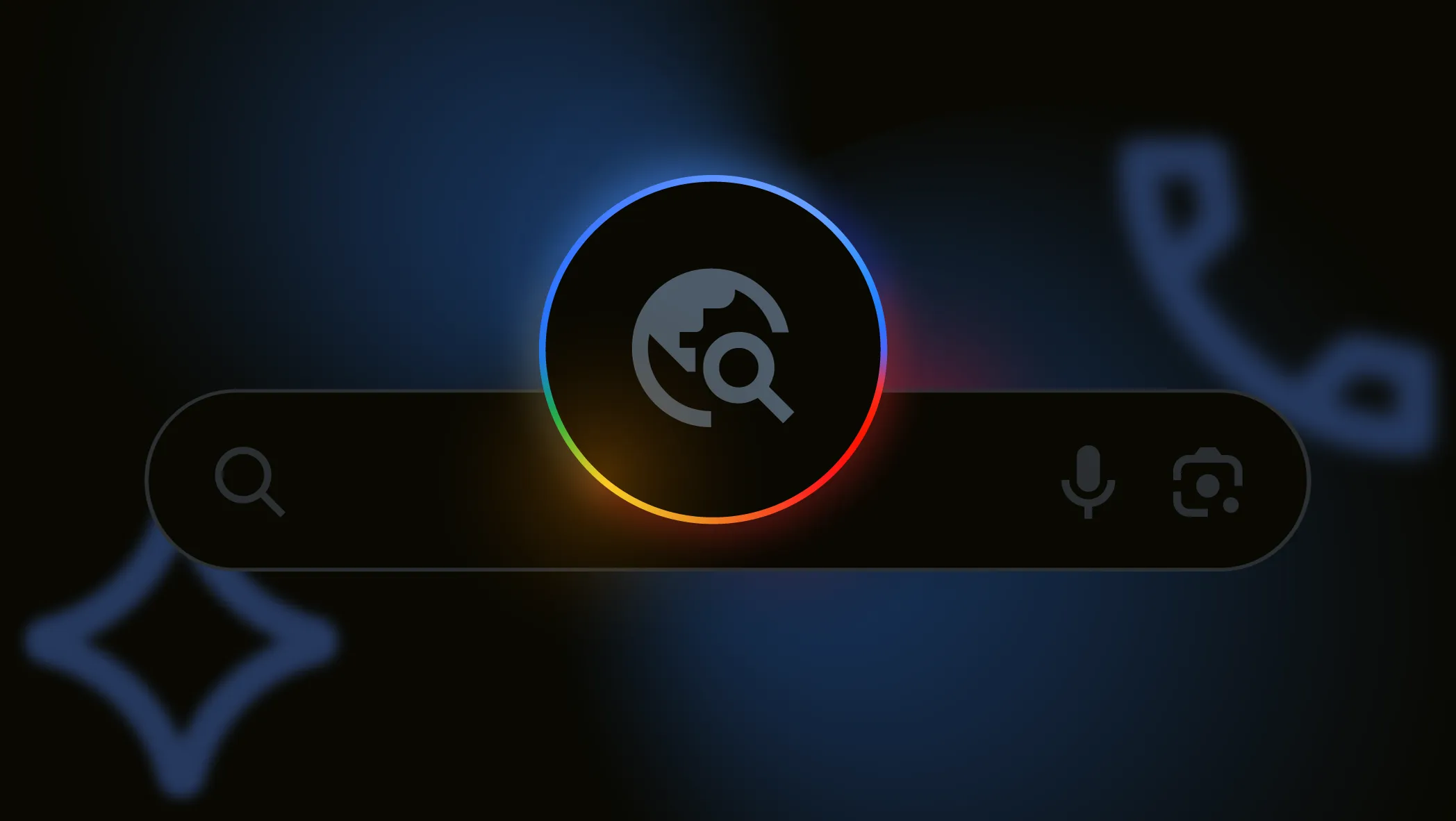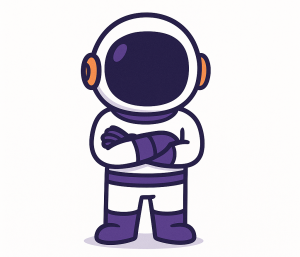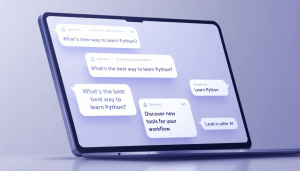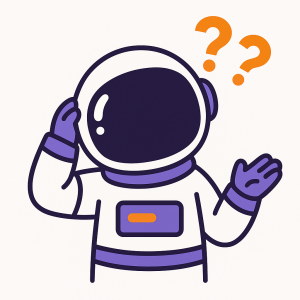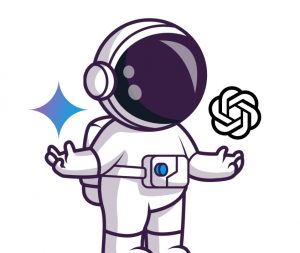Practical Ways to Prepare for AI Mode
If you’re wondering how to stay ahead as AI transforms search, here’s are some actionable tips:
1. Don’t Wait, Start Observing AI Mode Now
Even if you’re outside the US or India, you can still explore AI Mode using a VPN. The sooner you get hands-on experience with how it responds to queries, the better you’ll understand what kinds of content it pulls in and why.
Try out a variety of prompts in your niche. Observe what types of sites get referenced, what formats are used, and what language shows up. It’s a valuable window into how search is evolving.
2. Refocus on Content Structure and Clarity
If you want your content to be used by AI systems, it needs to be easy for them to understand. That means going back to basics:
- Use clear, descriptive headings
- Break down information into bullet points or steps
- Include FAQs and Q&A sections
- Write in active voice and with logical flow
It’s not about dumbing down your content, it’s about making sure machines can parse it, connect it to queries, and summarise it accurately.
3. Cover Topics Holistically, Not Just by Keyword
The days of targeting one keyword per page are over. What’s more effective now is creating “topic universes”, clusters of content that cover every angle of a subject, for every intent.
If you sell smartwatches, don’t just write about “best smartwatches.” Create content that speaks to:
- Best smartwatches for runners
- Battery life comparisons
- Smartwatches for kids
- Features for elderly users
- Smartwatches vs fitness trackers
The goal is to match different user intents, even those they don’t explicitly express. Because AI Mode will try to guess what they meant, not just what they typed.
4. Revisit Your Brand’s Online Footprint
Here’s something that surprised me: AI Mode often references domains and sources outside of your main website. That means your brand’s presence across the web, directories, press mentions, third-party reviews, social platforms, matters more than ever.
It also means old content can resurface unexpectedly. Outdated bios, broken links, even old rebrandings or legal issues can pop up in AI-generated responses.
This is why “AI narrative audits” are gaining traction. It’s about stepping back and asking:
- How is our brand described across different sources?
- Are there outdated or misleading references?
- What does AI find when it tries to learn about us?
The cleaner and more consistent your digital footprint, the better.

Tips for Staying Ahead (Without Losing Your Mind)
There’s no perfect playbook yet for AI Mode, but here’s what we think every business and marketer should be doing right now:
1. Build a Testing Mindset
We can’t guess what works. But we can test.
Start small: track changes in impressions, clicks, and page visits as you update content. Experiment with structure. Try new formats. Look for shifts in engagement.
Testing isn’t just for paid ads. Organic teams need to build this muscle too.
2. Repurpose Everything
If you’re already creating content, make it go further. That blog post? Turn it into a video. Use the transcript for social captions. Pull quotes for email newsletters.
AI systems pull from across the web. The more formats you appear in, the better your visibility.
3. Stay Human
There’s a lot of pressure to “AI-proof” your strategy. But here’s the truth: the best thing you can do is stay human. Write content that helps people. Solve real problems. Share your expertise.
Machines might deliver the answers, but people still care about the source.
